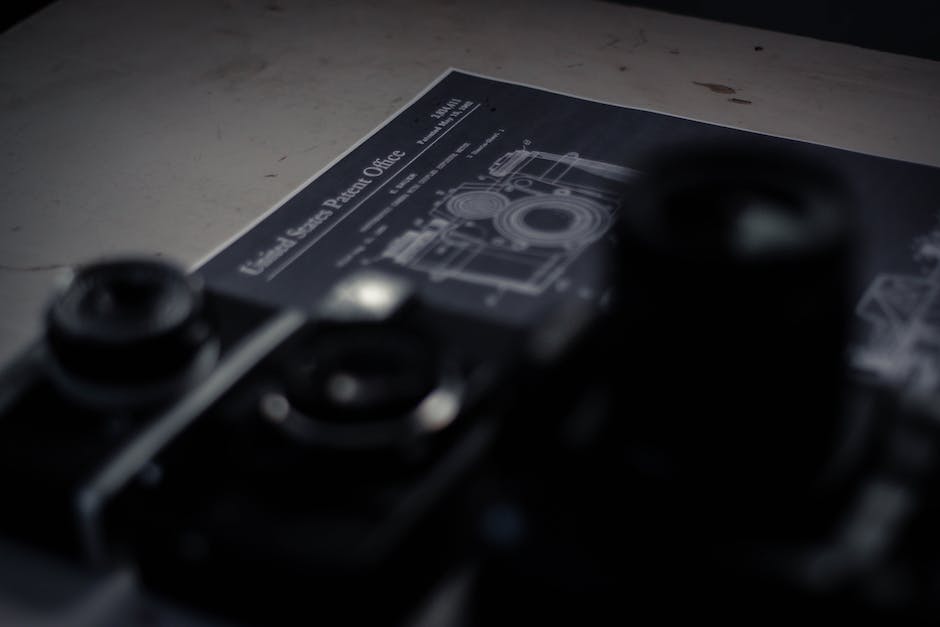Brazilian aerospace manufacturer Embraer has filed a patent for a new airplane passenger seat that uses transcranial stimulation and emotion-reading technology to improve passengers’ emotional state and overall flying experience.
According to the patent, the seat would be equipped with an array of sensors that would detect a passenger’s emotional state based on facial expressions, body language, and other factors. The seat would also include a transcranial stimulation system, which would deliver low-level electrical currents to the passenger’s brain to help regulate their emotions and improve their overall mood.
While the idea of using transcranial stimulation to regulate emotions is not new, its use in an airplane passenger seat is certainly a novel concept. Embraer’s patent notes that the technology could be used to help calm anxious flyers, as well as to improve the overall flying experience for all passengers.
However, the patent has also raised concerns about the potential privacy and ethical implications of using such technology. Some critics have argued that the use of emotion-reading technology could be an invasion of privacy, as it would allow airlines to collect sensitive data about passengers without their consent. Others have raised concerns about the potential health risks of using transcranial stimulation in such a manner, particularly over a prolonged period of time.
It is important to note that the patent does not necessarily mean that Embraer will actually develop and deploy the emotion-reading passenger seat. As with many patents, it is possible that the technology will never see the light of day. However, the fact that a major aerospace manufacturer is exploring the use of such technology highlights the potential for new and innovative uses of transcranial stimulation and emotion-reading technology in a variety of industries.




